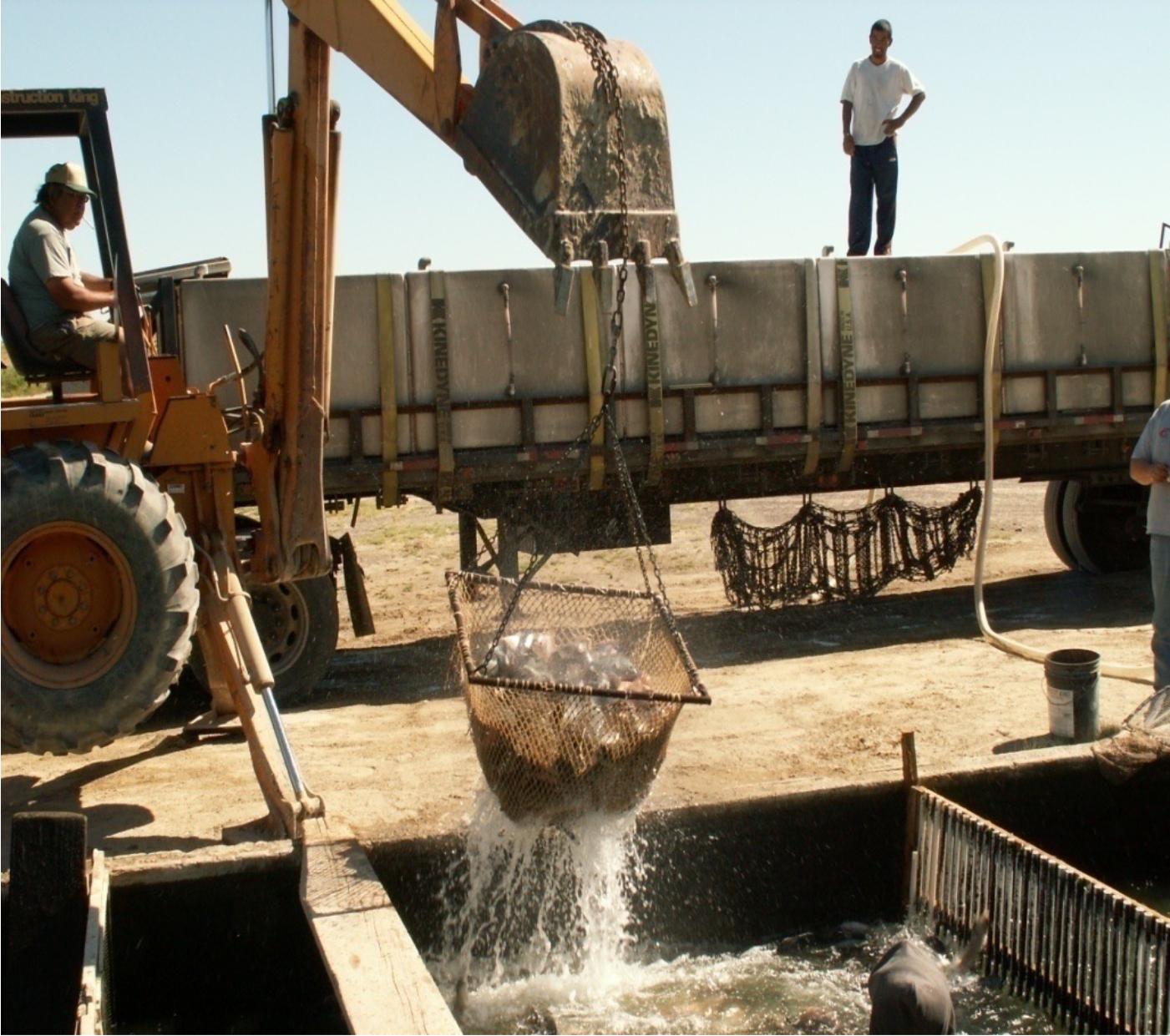
Colt, Physiological changes associated with live haul: maintaining healthy fish
The main purpose of this research is to refine the quality of life and survival rate of transported fish, acknowledging that death during transportation has a multifaceted and hard-to-quantify economic impact. The study aims to scrutinize the influence transportation has on live fish and establish a model predicting post-transportation mortality rates. By factoring in hauling conditions and fish quality at journey's end, this model can offer a robust gauge of transportation intensity and fish condition. Utilizing our findings, we intend to suggest alterations to current transport systems for collaborators in the industry.
Objectives:
- Compare crowding and different net types on bodily injury
- Determine effects of pre- and post-transport salt-dips on survival after transportation of tilapia
- Repeat assessment of parasitic and bacterial load of transported tilapia, using fish from a different grower’s farm
- Determine the effects of fasting on ammonia levels of transport water
- Conduct detailed water quality monitoring during tilapia and adult chinook hauling trip
- Modify existing holding systems for 1-1½ lb. tilapia and develop simulated hauling systems for laboratory use
- Assemble low light video systems for directly observing tilapia in raceways, crowding, and in hauling tanks
- Conduct outreach projects
Project Summary
| Duration: | 4 years |
|---|---|
| Funded Date: | 08/01/2005 |
| Funding level: | $352,100 |
| PI: |
|
| Advisors: | |
| Location: | non-WRAC states, Oregon - OR, Washington - WA |
| Species: | Salmon, Tilapia |
| Topics: | Live Haul |
